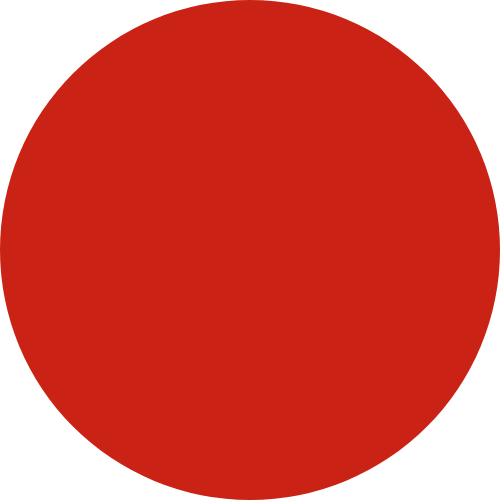-
A Meta Look at Collaboration
Lance Weiler pinged me two days ago and asked if I’d have a chat with him about the MOOC we ran, why we design collaboration this way, what it takes to brave it, and what it means in terms of shifts in society. So we dived into the why and how and what of peer production. I…
-
Notes on the blockchain
I recently went to the Sydney Blockchain workshops and took some notes for beginners (like me). Overall it is about digitizing value transfer by cutting out the middle man, but new middle men already emerge (those who enable the blockchain). two functions for blockchain: register ownership and rails for transfering items function of smart contracts: machine…
-
The Tech Pentagram Collaboration Game
Group size: 40 – 200 pax Playtime: 1h Purpose: The workshop is designed to give participants a visceral experience of just how quickly small teams of people can come up with world-changing ideas. It’s a possibility engine for your organisation. Description: This workshop explores and excavates the landscape of where technological innovation meets established industries…
-
Be. Poietic. Punks.
Yoke Magazine and SW/TCHFest recently published a little piece I wrote. BE.POIETIC.PUNKS: WHAT IF YOUR REBEL HEART RAN FREE? We are at a point of transition. Of many transitions. Global politics, business, and technologies are shifting shape. And we are shifting with them. The question is: do structures form us, or do we form structures?…
-
On Commons Transition and Mutual Value
For the MOOC that I lecture in (Sherlock and the Internet of Things) I created two short vids. The focus is on a few interrelated topics I have been researching for a while. Here’s the second vid and a short intro below. In our Sherlock MOOC, we create shared assets and raise questions about shared authorship and…
-
On Poiesis and Collaborative Spaces
For the MOOC that I lecture in (Sherlock and the Internet of Things) I created two short vids. The focus is on a few interrelated topics I have been researching for a while. Here’s the first vid. In this part of our Sherlock lecture, I provide a meta reflection on the way we collaborate. One…
-
PhD Creativity Unbound
TITLE Creativity Unbound – An Analysis of Open Collaboration between Experience Design and Poietic Practice ABSTRACT This thesis concerns social engagement at the intersection of open design and media technology. The study reflects on the practice of a group of creative entrepreneurs, who seek new methods and contexts for collaboration both online and offline. My case…
-
The Tech Pentagram
This workshop explores and excavates the landscape of where technological innovation meets established industries such as media, manufacturing, energy and health. It’s a living, thinking event that uses game mechanics and future scenario design to unleash the imagination of its participants while teaching how to integrate concepts in relation to the systems they span. Group…
-
Ich bin Wasser
-
The Unorthodox PhD
This is the raw version of my thesis, which I changed quite a bit after I got the feedback that it’s a bit too creative and wild. Both versions are fully written. This one is more eclectic and transdisciplinary, the other is more orthodox and less complex (see other version here). TITLE Creativity Unbound: Parables of…
-
learn do share #5
It amazes me every time how much love and imaginence DIY Days participants give to make these books happen. This edition is special as we evolve our format. It features the 1st out of 4 steps of our EDIT co-design process: E stands for Empathy, the following books will cover Define, Ideate and Test. In…
-
On Performatism
Writing about the opacity of project documentation with respect to the sensational rhetoric that surrounds them, I searched for an essay I had written a few years ago. Raoul Eshelman’s book Performatism or the end of Postmodernism is at the heart of my argument. Apologies, my writing style follows a German narrative arc, in which…
-
learn do share #4
With no resources, just passion and purpose an amazing group of people created another book, and we remain stunned by the impact of open collaboration. Learn Do Share is a book, a documentation, reflection and learning resource about narrative experiments and social innovation efforts ventured at diy days New York City. We explore participatory systems,…
-
a case in design and behaviour: generation 20+
How do millenials use media? And how do they produce media? Generation 20+ answers parts of these questions and explains an unusual ethnographic process developed to find deeper answers to recent media developments. The year-long project was developed at Filmakademie Baden-Württemberg in conjunction with Raimo Lang, Head of Content Development at Finnish Public Broadcaster YLE.…
-
premiering the world’s first story-led open design game, maybe
Imagine a neighbourhood being collectively evicted. Councils have tried and failed to come up with a solution that alleviates gentrification; urban planners have given up, other authorities shun responsibility. What if the answer can be found in a simple game that can be applied to any problem? A fun game that can be downloaded and…
